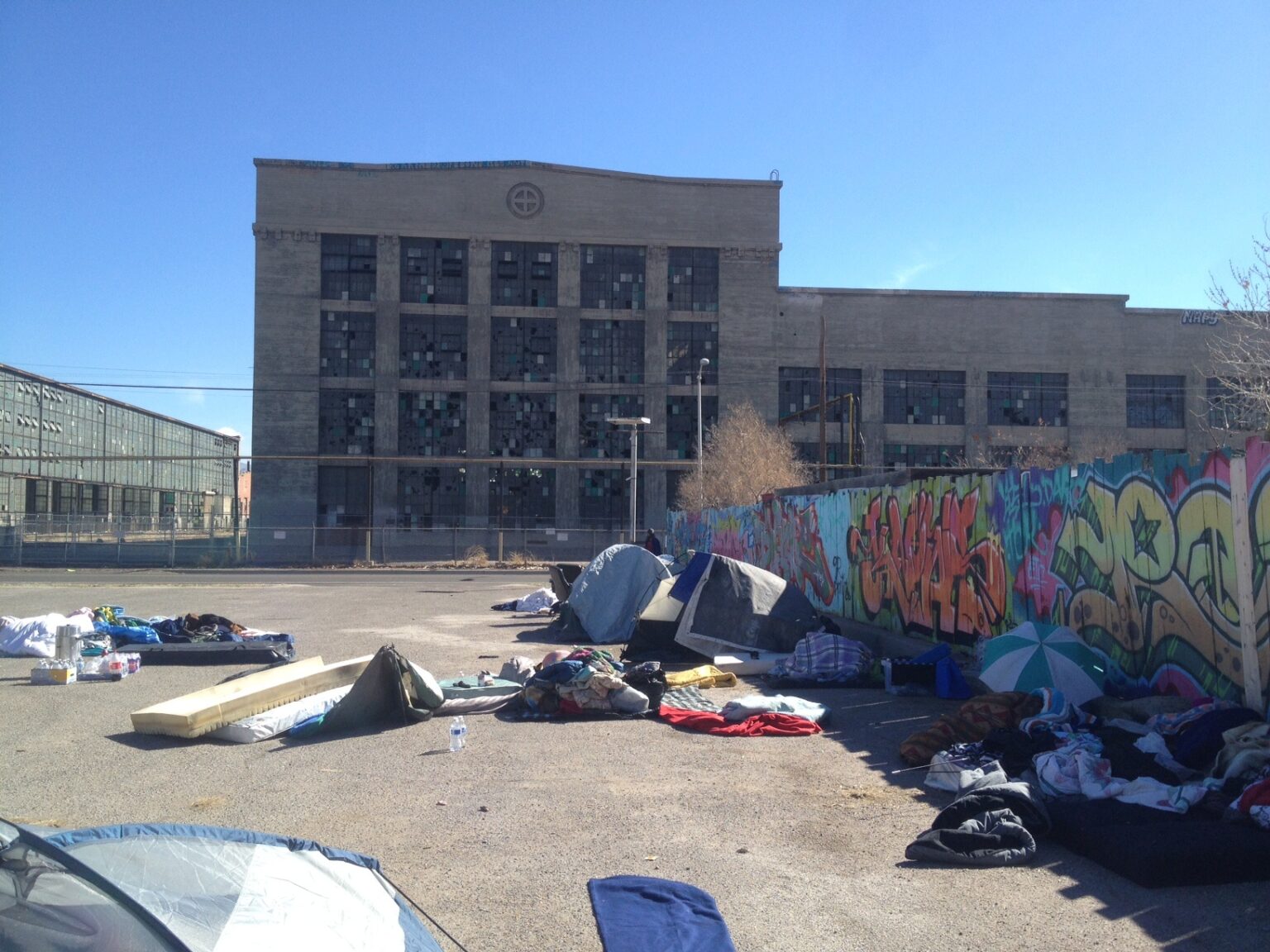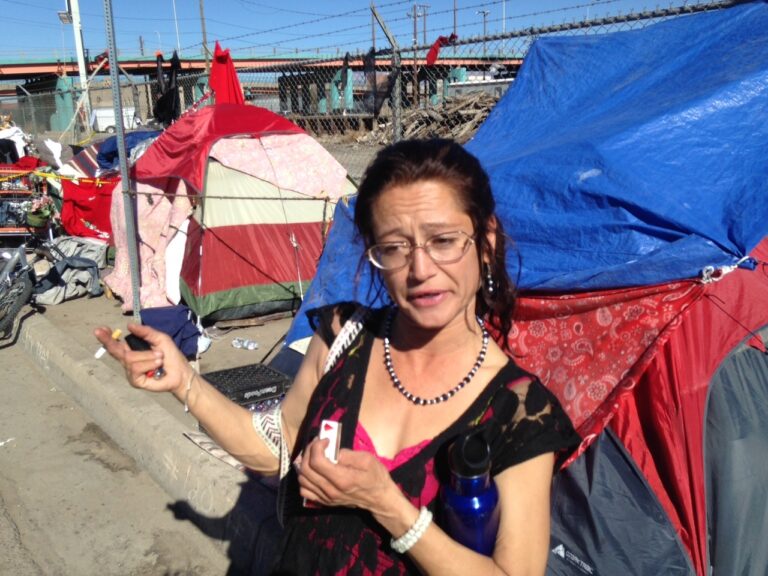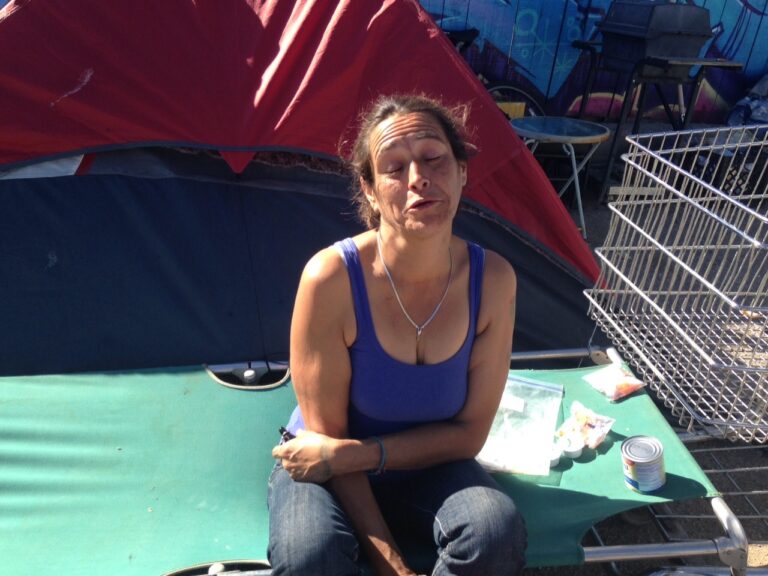Opinion: Letter From Tent City
The Camps May Move, But The Problem Of Homelessness Remains


Junior
Ty Bannerman

Kim Gallegos
Ty Bannerman
Latest Article|September 3, 2020|Free
::Making Grown Men Cry Since 1992


Junior
Ty Bannerman

Kim Gallegos
Ty Bannerman

